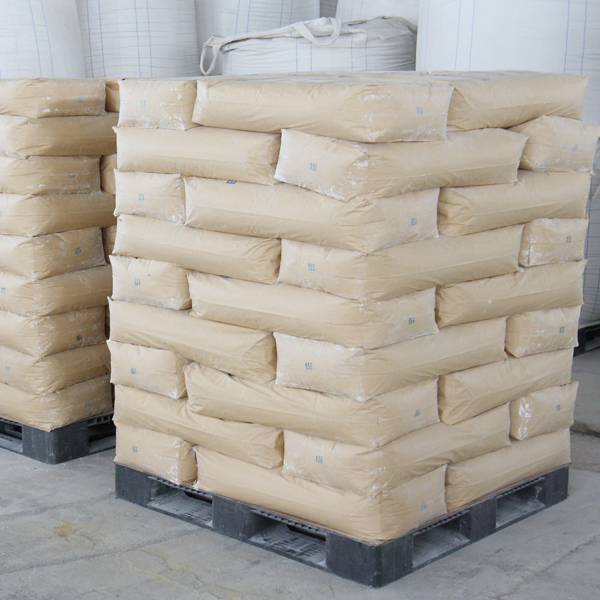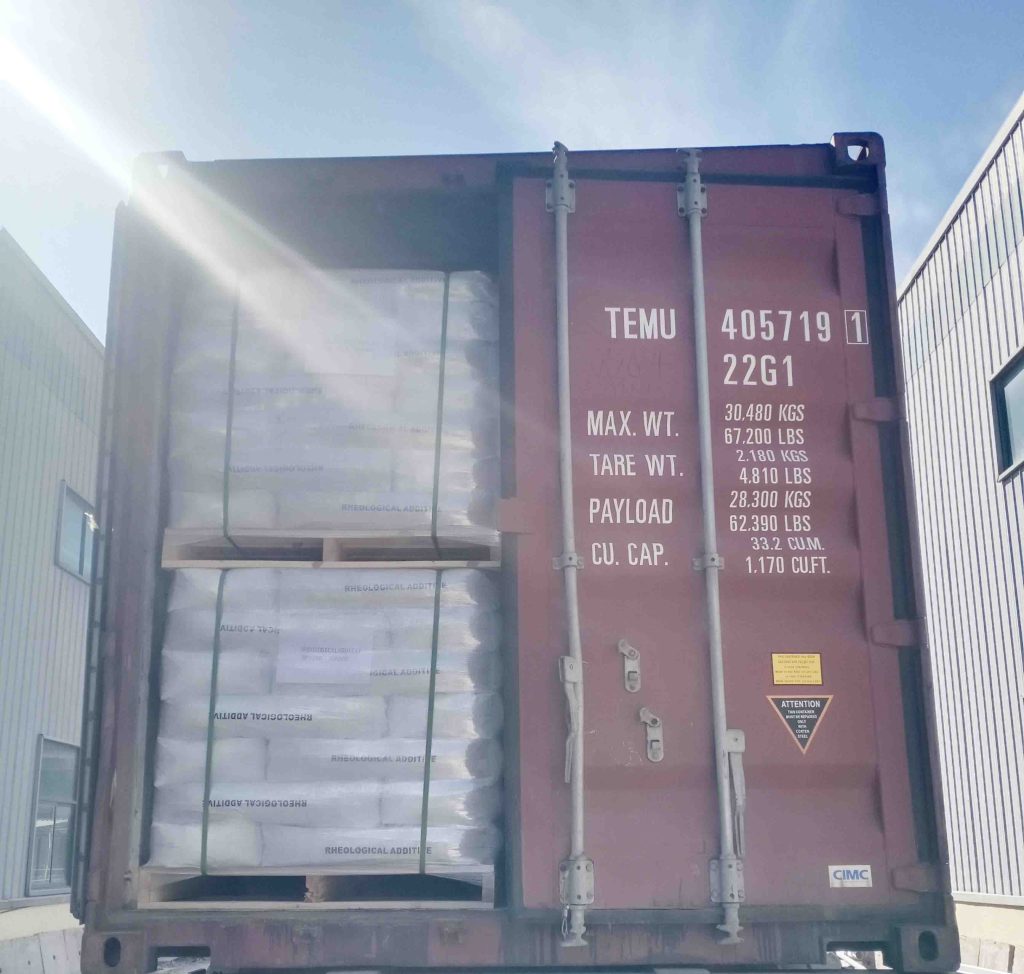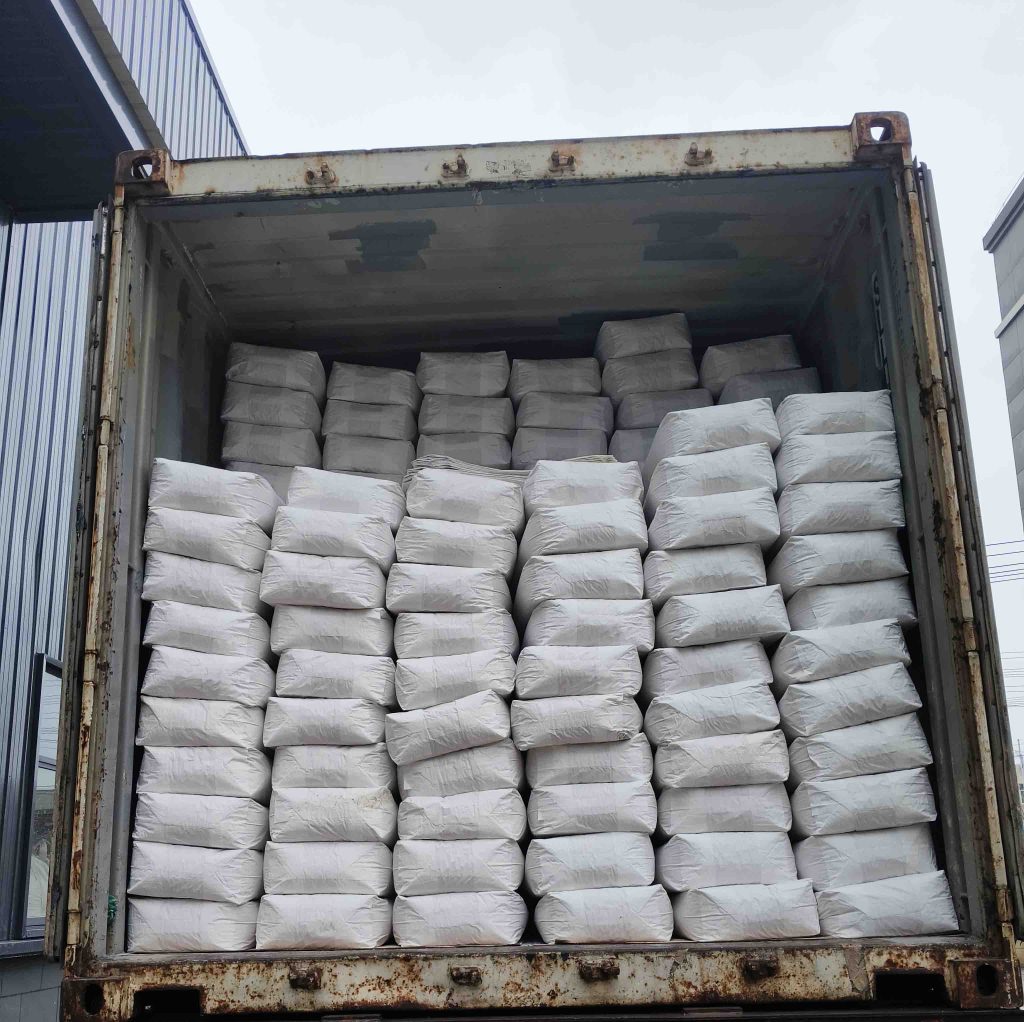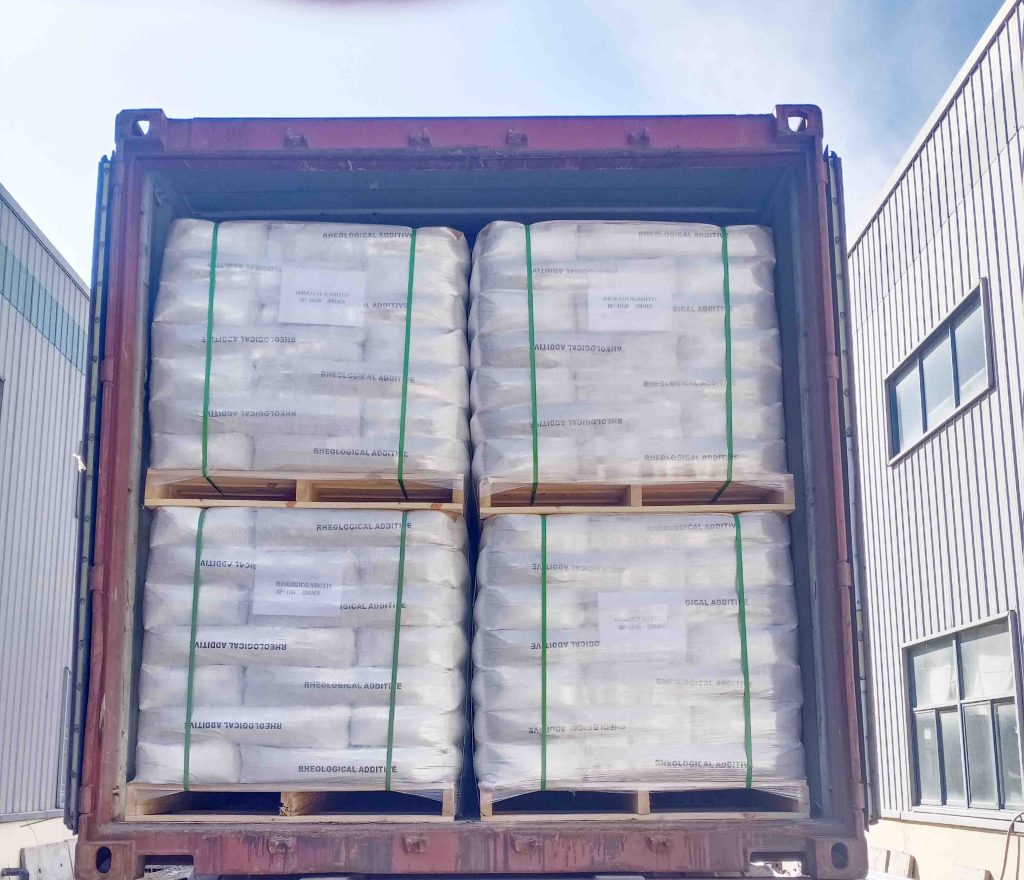Glass bead blasting abrasive, glass sand or glass beads, are all the same product. It is a very popular sandblasting abrasive. Taking crushed glass as raw material, after certain processing, it is suitable for sandblasting surface treatment in terms of hardness and grain size.

What Are Bead Blasting’s Applications?
| Aerospace industry | Remove rust and paint from mechanical components to remove knife marks. |
| Remove scratches on the rubber | Reflective paint for roads |
| Scratch treatment on the surface of stainless steel. | |
| Foundry industry; | Pre processing in the electroplating industry. |
| Semiconductor Industry | Crafts for exterior decoration |
blasting abrasive material
Blasting abrasive material
Glass beads sandblasting abrasive can be used for surface cleaning and deburring. Using the role of the flame, the glass particles will be softened, melted, bead, cooled and solidified that is to become glass beads.
Glass beads sandblasting abrasive has certain mechanical strength and chemical stability, while it has good insulation. Low thermal conductivity.
Therefore it has a better thermal insulation effect.
Blasting abrasive material can be used in a very wide range of fields, not only can become stainless steel products and mechanical parts of the abrasive, but also in some mold making products, plastics and other fields can be used as an abrasive. Stainless steel can be processed into matte or semi-matte effect.
It can remove the burr residue on the seals as well as treating the surface to a smooth and polished effect.
Specific factors such as brand, size, application, quality and supplier determine the price of glass beads sandblasting abrasives.
We recommend that you search the internet or trade shows to find a quality supplier for your needs. When contacting suppliers, you need to clearly inform them of your application, your demand so that the quotation can be considered comprehensively.
Glass beads with a spherical appearance are particularly suitable for high-precision surface treatment.
It can generate uniform sandblasted texture. Its stable chemical properties, even in acidic and alkaline environments, still do not affect the chemical properties of each raw material.
Size of glass beads for blasting
Model of Bead blasting glass | Sieve Size (mesh) | Particle Size Range(μm) |
WSL17L# | 20~40 | 425 ~ 850 |
WSL 18L# | 30~40 | 425 ~ 600 |
WSL 19L# | 40~60 | 300 ~ 425 |
WSL 20L# | 60~100 | 150 ~ 300 |
WSL 21L# | 70~140 | 106 ~ 212 |
WSL 22L# | 100~140 | 106 ~ 150 |
WSL 23L# | 100~200 | 75 ~ 150 |
WSL 24L# | 140~200 | 75 ~ 106 |
WSL 25L# | 140~270 | 53 ~ 106 |
WSL 26L# | 200~325 | 45 ~ 75 |
Specification of Bead blasting glass
| Specific gravity | 2.4-2.6 g/m3 |
| Stacking density | 1.5g/cm3 |
| Type | Blasting / Shot Peening Media |
| Spherical | |
| Rockwell hardness: | 46HRC |
| Mohs | 6-7 |
| Round rate | 80% |
| Melting point | 710-730 ℃ |
| Index of refraction | 1.5—1.6 |
Blasting abrasive material
Glass beads are an environmentally friendly recyclable abrasive. Because it produces very little dust.
It can reduce the impact on personnel. Glass bead blasting can be used for aerospace, optical instruments and rubber and plastic surface treatment and does not produce any scratches on the surface.
Glass beads are also used in traffic road marking paints, where they are used as a stabilizing reflector in the road marking paint material. The addition of glass beads enhances the safety of drivers at night.
The use of glass beads in some thermal insulation coatings or some building insulation materials is also very extensive, its low thermal conductivity, making it a very popular raw material for thermal insulation.
Glass beads sandblasting abrasive is a kind of elastic, can be used repeatedly, and is not easy to be broken. Its service life is nearly three times longer than that of traditional glass beads.
Glass beads sandblasting abrasive, the surface can be processed into a matte or semi-matte state, and can remove surface burrs and irregularities, making the surface more polished and smooth, it can be applied to hardware stainless steel or electrical appliances on the original parts, but also can be used in plastic and rubber products.


